Home>Gardening & Outdoor>Landscaping Ideas>What Causes Moss On Lawns
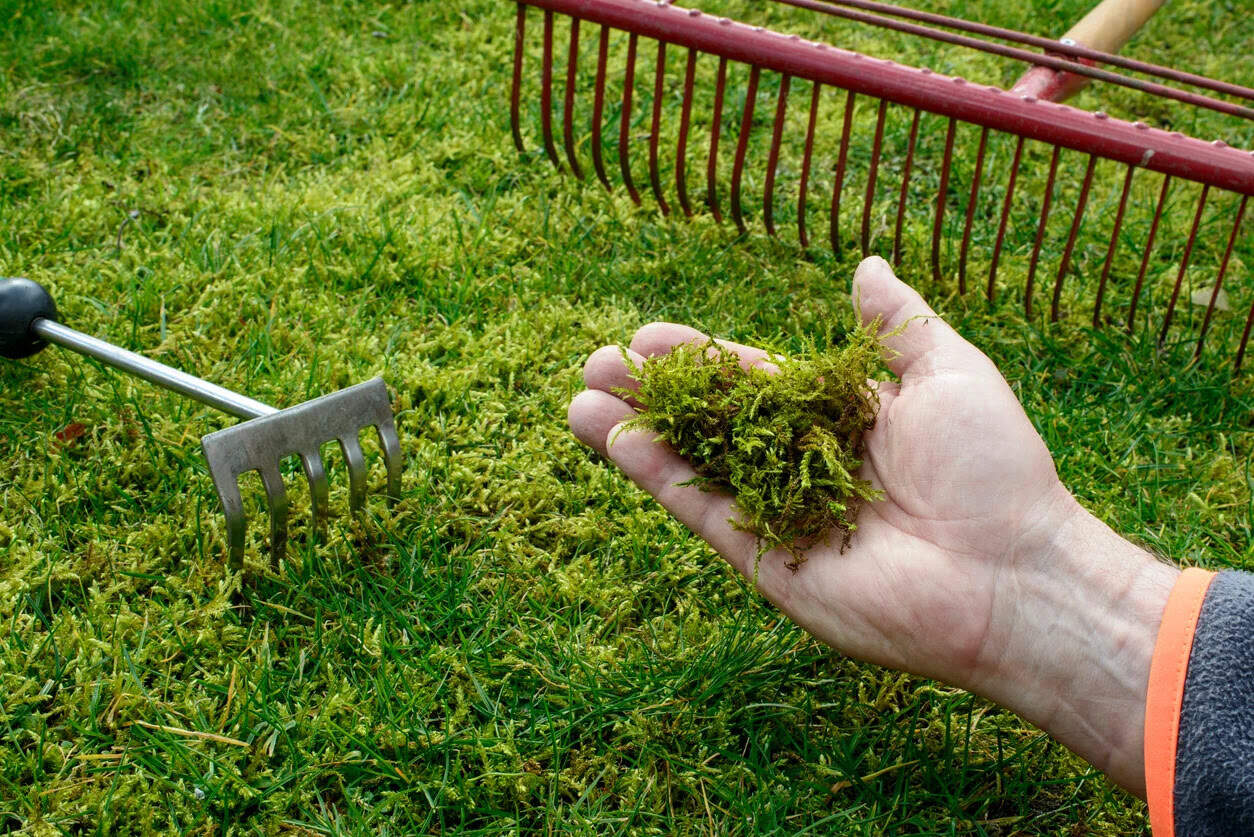

Landscaping Ideas
What Causes Moss On Lawns
Published: December 25, 2023
Discover the reasons behind moss growth on lawns and explore effective landscaping ideas to prevent and remove moss. Create a healthier and more vibrant lawn today!
(Many of the links in this article redirect to a specific reviewed product. Your purchase of these products through affiliate links helps to generate commission for Storables.com, at no extra cost. Learn more)
**
Introduction
**
When it comes to maintaining a lush, vibrant lawn, the unwelcome appearance of moss can be a source of frustration for many homeowners. Moss is a small, non-vascular plant that tends to thrive in damp, shady, and compacted areas. Its presence can indicate underlying issues with the lawn and may detract from the overall aesthetic appeal of the outdoor space. Understanding the factors that contribute to the growth of moss is crucial in effectively addressing and preventing its occurrence. In this comprehensive guide, we will delve into the various causes of moss on lawns, shedding light on the environmental, soil-related, and maintenance factors that can lead to its proliferation. By gaining insight into these underlying causes, homeowners can implement targeted strategies to combat moss and promote the growth of a healthy, vibrant lawn.
Key Takeaways:
- Moss thrives in shady, damp, and compacted areas due to limited sunlight, excess moisture, and soil compaction. Implementing targeted lawn maintenance practices can create a healthier environment for grass, minimizing moss growth.
- Addressing soil acidity, nutrient deficiencies, and poor soil structure is crucial in preventing moss proliferation. By understanding and addressing these underlying causes, homeowners can cultivate a resilient, vibrant lawn resistant to moss.
Read more: What Is Peat Moss Used For On Lawns
Understanding Moss
Before delving into the specific causes of moss growth on lawns, it’s essential to gain a foundational understanding of this resilient plant. Moss is a primitive, non-flowering plant that typically thrives in areas with excess moisture and low light levels. Unlike traditional grass, moss lacks a vascular system, roots, and true leaves, relying on moisture and nutrients absorbed through its leaves to survive. This unique adaptation allows moss to thrive in environments that may be unsuitable for typical grass species, making it a common sight in shaded, damp areas.
One of the key characteristics of moss is its ability to establish and spread rapidly, forming dense, carpet-like growth in favorable conditions. Additionally, moss exhibits remarkable resilience, capable of surviving in compacted soils and acidic environments where traditional grass species struggle to thrive. Its ability to retain moisture and create a dense mat further contributes to its prevalence in areas with poor drainage and excessive moisture.
From a visual standpoint, moss can impart a velvety, lush appearance, which may initially appeal to some homeowners. However, when it encroaches on lawns and competes with grass for space, nutrients, and sunlight, it can become a persistent nuisance. Understanding the adaptive traits and growth patterns of moss is crucial in identifying the specific conditions that enable its proliferation. With this foundational knowledge in mind, we can now explore the environmental and soil-related factors that contribute to the growth of moss on lawns, paving the way for targeted solutions to address this common issue.
Environmental Factors
Environmental factors play a significant role in creating conditions conducive to moss growth on lawns. One of the primary contributors to moss proliferation is inadequate sunlight. Shaded areas with limited exposure to direct sunlight create an ideal environment for moss to thrive. This is particularly true in densely shaded regions beneath trees, shrubs, or structures where grass struggles to establish itself, allowing moss to gain a foothold.
Furthermore, excessive moisture can significantly contribute to the growth of moss. Areas with poor drainage, consistent rainfall, or overwatering can create persistently damp conditions that favor moss development. In such environments, the prolonged presence of moisture provides an optimal habitat for moss to spread and colonize the lawn, often outcompeting grass in the process.
In addition to limited sunlight and excess moisture, compacted soil can also promote moss growth. Compaction restricts the movement of air, water, and nutrients within the soil, creating an inhospitable environment for grass while providing an advantage to moss. Compacted soil impedes the healthy development of grass roots, making it challenging for traditional turf to thrive, especially in areas where moss has gained a foothold.
It is important to note that these environmental factors are often interconnected, creating a synergistic effect that amplifies the suitability of the environment for moss growth. Shaded, damp, and compacted areas can create a perfect storm for moss proliferation, necessitating targeted interventions to address these underlying environmental conditions. By addressing these factors, homeowners can effectively mitigate the conducive environment for moss, paving the way for a healthier, more resilient lawn.
To prevent moss on lawns, improve drainage, reduce shade, and adjust soil pH. Regular aeration and proper fertilization can also help promote healthy grass growth and prevent moss from taking over.
Soil Conditions
Soil conditions play a pivotal role in determining the overall health and resilience of a lawn. When it comes to moss growth, certain soil-related factors can significantly contribute to the proliferation of this resilient plant. One of the key soil conditions that favor moss development is acidity. Moss thrives in acidic environments, often outcompeting grass in areas where the soil pH is lower than the optimal range for traditional turf grasses.
Acidic soil not only provides a favorable habitat for moss but also creates an inhospitable environment for grass, further exacerbating the imbalance. In such conditions, the competitive advantage shifts in favor of moss, allowing it to establish and spread, ultimately encroaching on the space typically occupied by grass. Addressing soil acidity is crucial in restoring the balance and promoting the growth of healthy turf grass.
In addition to soil acidity, nutrient deficiencies can also contribute to the proliferation of moss. Imbalanced or deficient nutrients in the soil can hinder the healthy growth of grass, creating an opportunity for moss to colonize the area. For instance, inadequate levels of nitrogen, an essential nutrient for grass growth, can weaken the vigor and density of the turf, creating openings for moss to take hold.
Furthermore, poor soil structure and compaction can impede the healthy development of grass roots, making it challenging for turf to establish itself and compete with moss effectively. Compacted soil restricts the movement of air, water, and nutrients, creating an environment where moss can thrive while grass struggles to flourish. Addressing soil compaction and improving soil structure are essential steps in creating a more hospitable environment for healthy turf grass.
By understanding the impact of soil conditions on moss growth, homeowners can implement targeted strategies to address soil acidity, nutrient deficiencies, and compaction, creating an environment that is conducive to the healthy growth of turf grass while minimizing the potential for moss proliferation.
Lawn Maintenance
Effective lawn maintenance practices play a pivotal role in creating an environment that is conducive to the healthy growth of turf grass while minimizing the potential for moss proliferation. Regular mowing is a fundamental aspect of lawn maintenance, promoting the vigor and density of the grass while reducing opportunities for moss to establish itself. Maintaining the recommended mowing height for the specific grass species helps create an environment where grass can effectively compete with moss, limiting its encroachment.
Furthermore, addressing issues related to soil compaction through aeration can significantly improve the overall health of the lawn. Core aeration helps alleviate compaction, allowing for better air, water, and nutrient movement within the soil. This creates a more favorable environment for grass roots to thrive, reducing the competitive advantage moss may have in compacted areas.
Proper irrigation practices are essential in minimizing excess moisture, which can contribute to moss growth. Watering deeply and infrequently encourages the development of deep, resilient grass roots while discouraging the proliferation of moss in consistently damp areas. Additionally, addressing drainage issues and ensuring proper water distribution across the lawn can help create a more balanced moisture environment, reducing the likelihood of moss taking hold.
Addressing soil acidity through targeted applications of lime can help restore the balance and create a more favorable pH for turf grass while minimizing the suitability of the environment for moss. Soil testing is crucial in identifying potential nutrient deficiencies, allowing homeowners to apply the appropriate fertilizers to promote healthy grass growth and minimize the potential for moss to thrive.
Finally, promoting adequate sunlight exposure through strategic pruning of overhanging branches and selective thinning of landscaping can create a more hospitable environment for grass while reducing the shaded areas where moss tends to proliferate. By implementing these targeted lawn maintenance practices, homeowners can create an environment that promotes the healthy growth of turf grass while minimizing the conditions conducive to moss growth.
Read more: What Causes Brown Spots On Lawns
Conclusion
In conclusion, understanding the causes of moss on lawns is essential in implementing targeted strategies to address and prevent its proliferation. Environmental factors, including limited sunlight, excess moisture, and compacted soil, create an ideal habitat for moss, allowing it to outcompete traditional turf grass in shaded, damp, and compacted areas. Soil conditions, such as acidity, nutrient deficiencies, and poor structure, further contribute to the imbalance, favoring the growth of moss while hindering the healthy development of grass.
Effective lawn maintenance practices, including regular mowing, core aeration, proper irrigation, soil testing, and strategic pruning, play a pivotal role in creating an environment that promotes the healthy growth of turf grass while minimizing the potential for moss to take hold. By addressing these underlying causes and implementing targeted interventions, homeowners can create a more resilient, vibrant lawn that is less susceptible to moss proliferation.
It is important to approach moss management holistically, addressing both the environmental and soil-related factors that contribute to its growth. By doing so, homeowners can create a balanced, healthy lawn that is better equipped to resist the encroachment of moss while promoting the growth of lush, vibrant grass. With a proactive approach to lawn care and a deeper understanding of the underlying causes of moss, homeowners can cultivate an outdoor space that is both visually appealing and resilient against the challenges posed by this persistent plant.
By integrating these insights into their lawn care routine, homeowners can take proactive steps to prevent and manage moss growth, fostering the growth of a vibrant, healthy lawn that enhances the beauty and functionality of their outdoor space.
Frequently Asked Questions about What Causes Moss On Lawns
Was this page helpful?
At Storables.com, we guarantee accurate and reliable information. Our content, validated by Expert Board Contributors, is crafted following stringent Editorial Policies. We're committed to providing you with well-researched, expert-backed insights for all your informational needs.
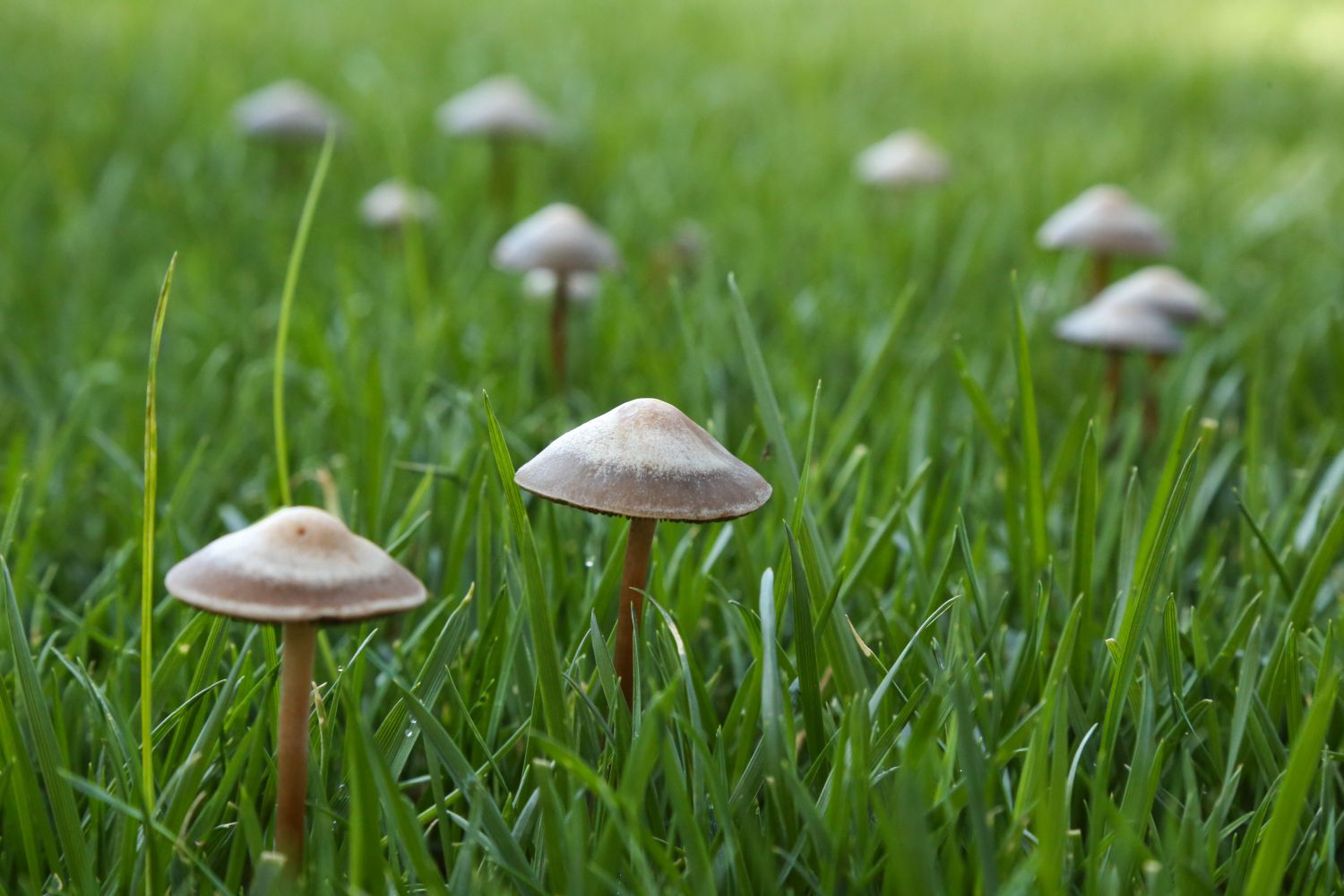
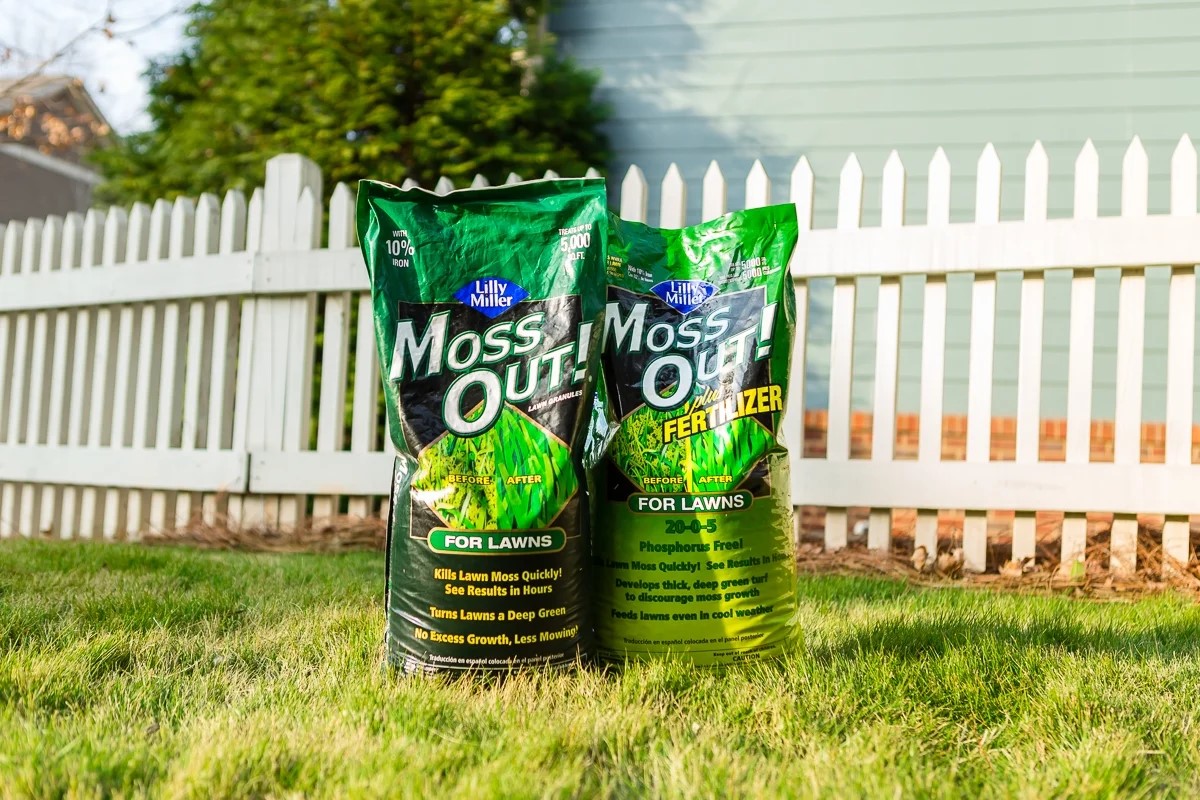
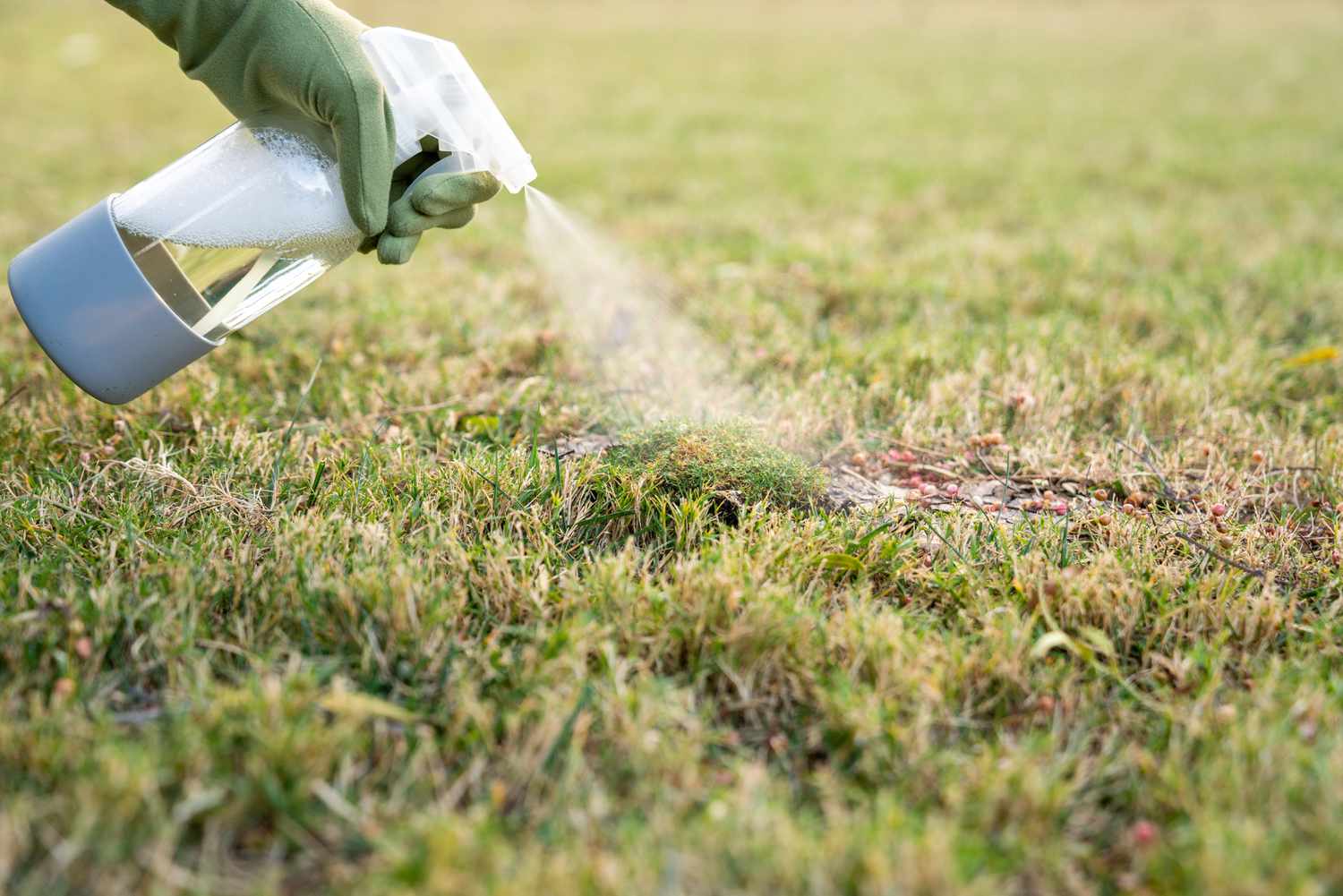
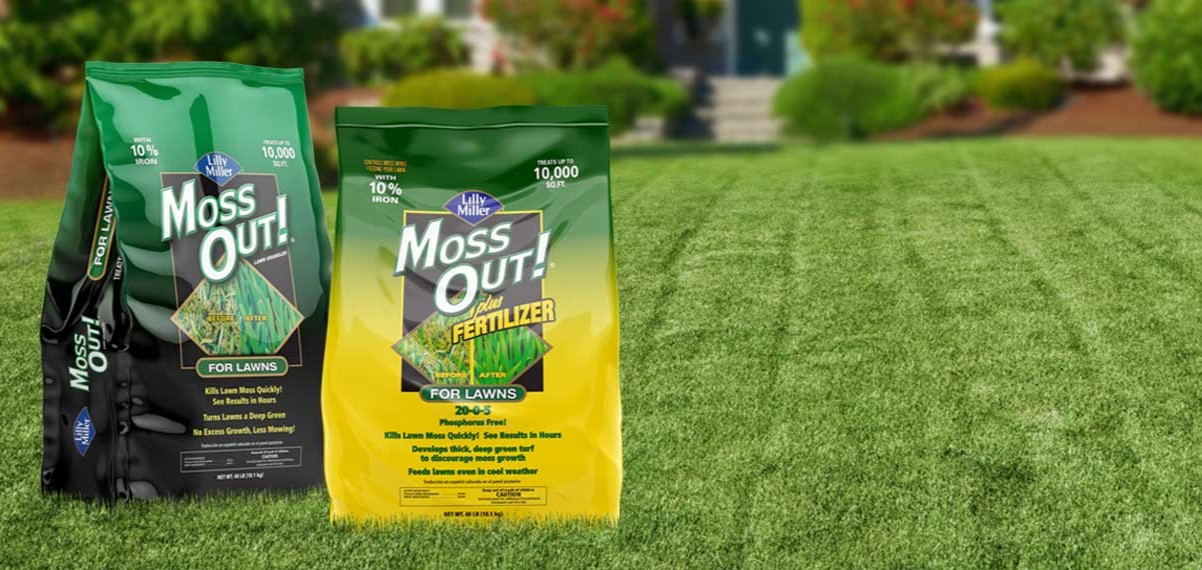
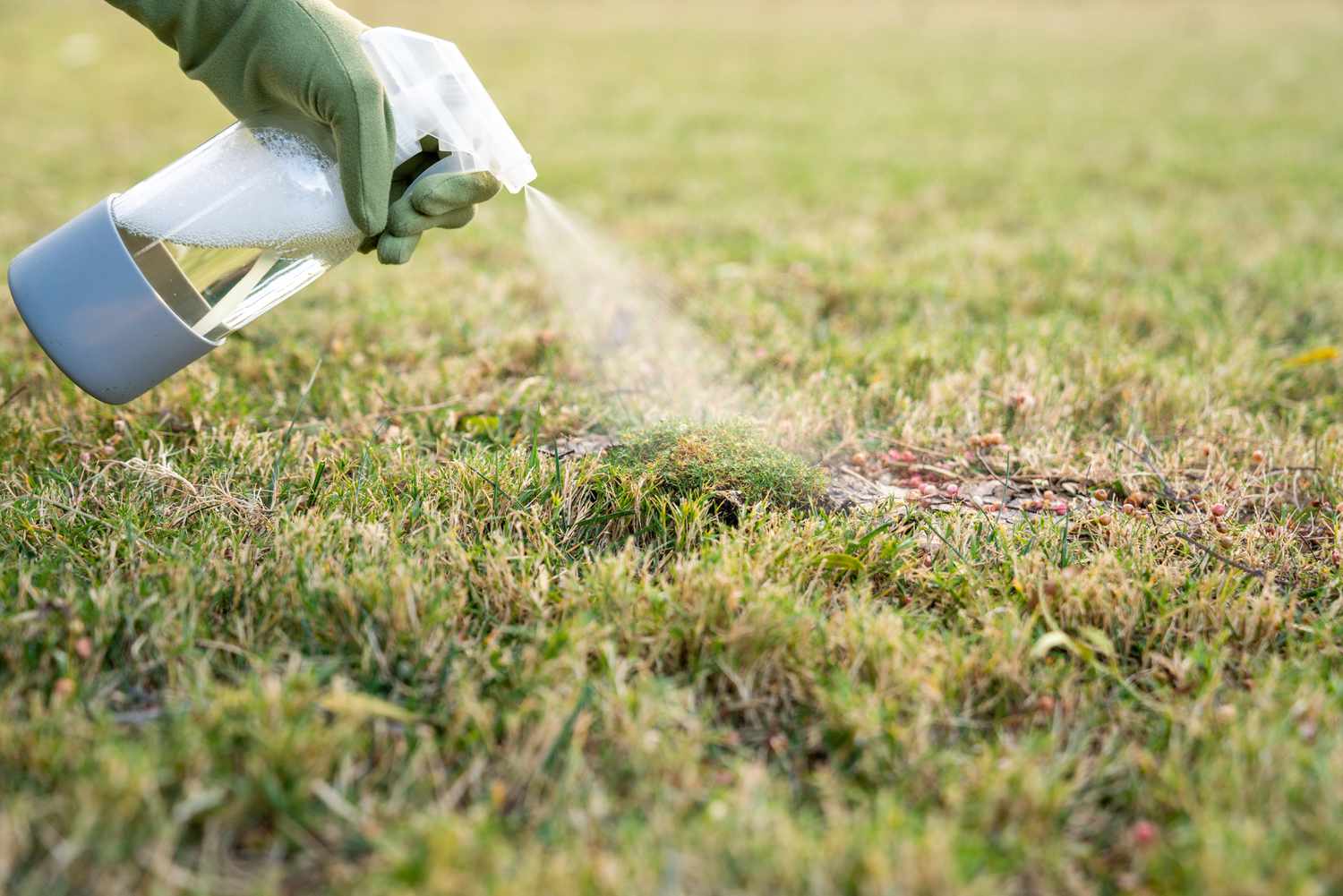
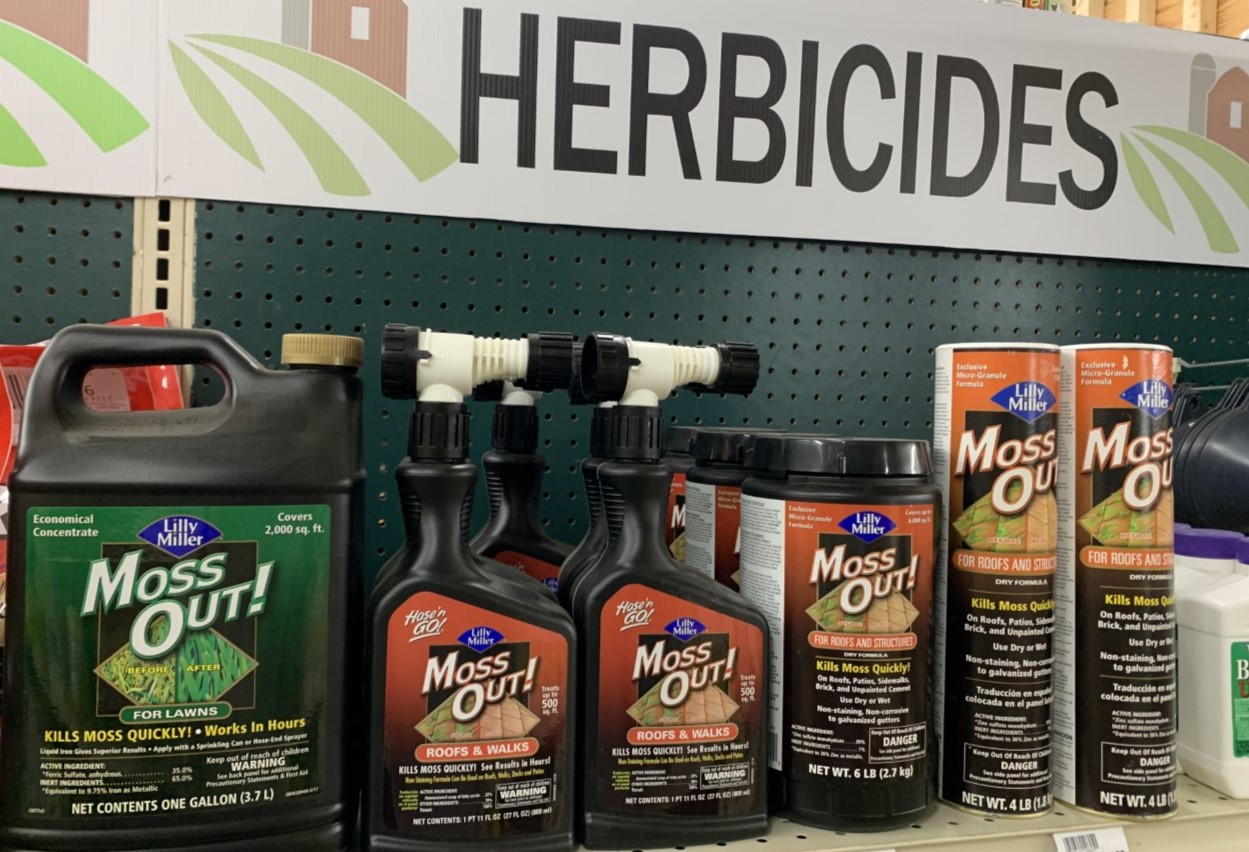
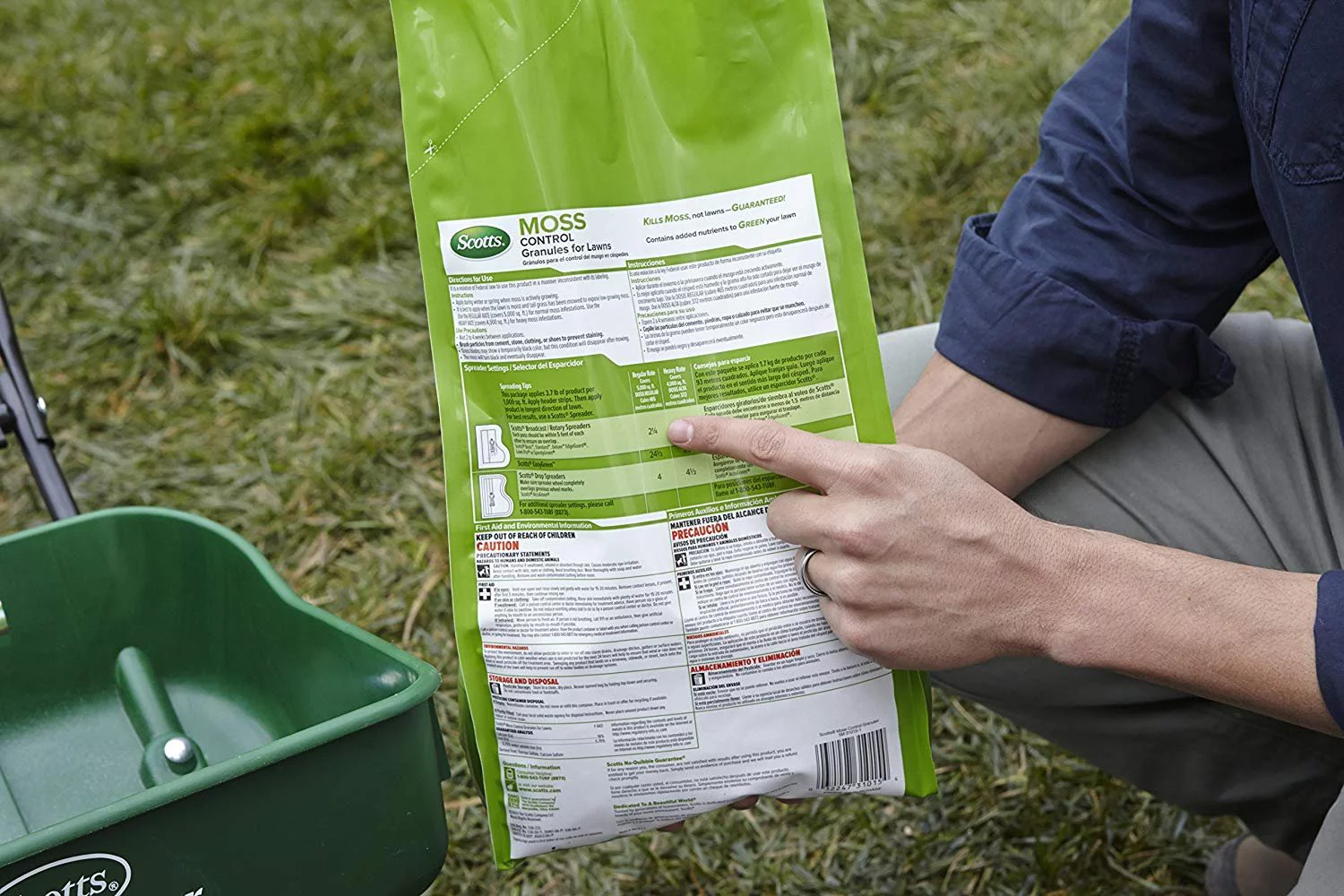
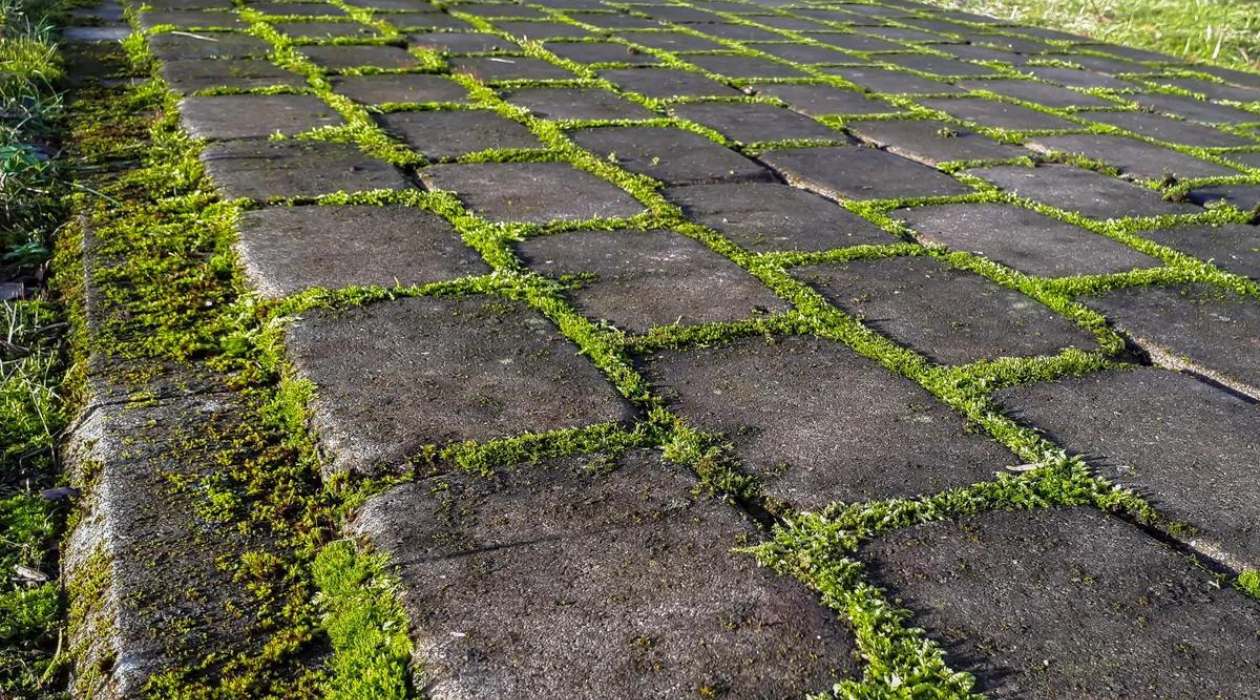
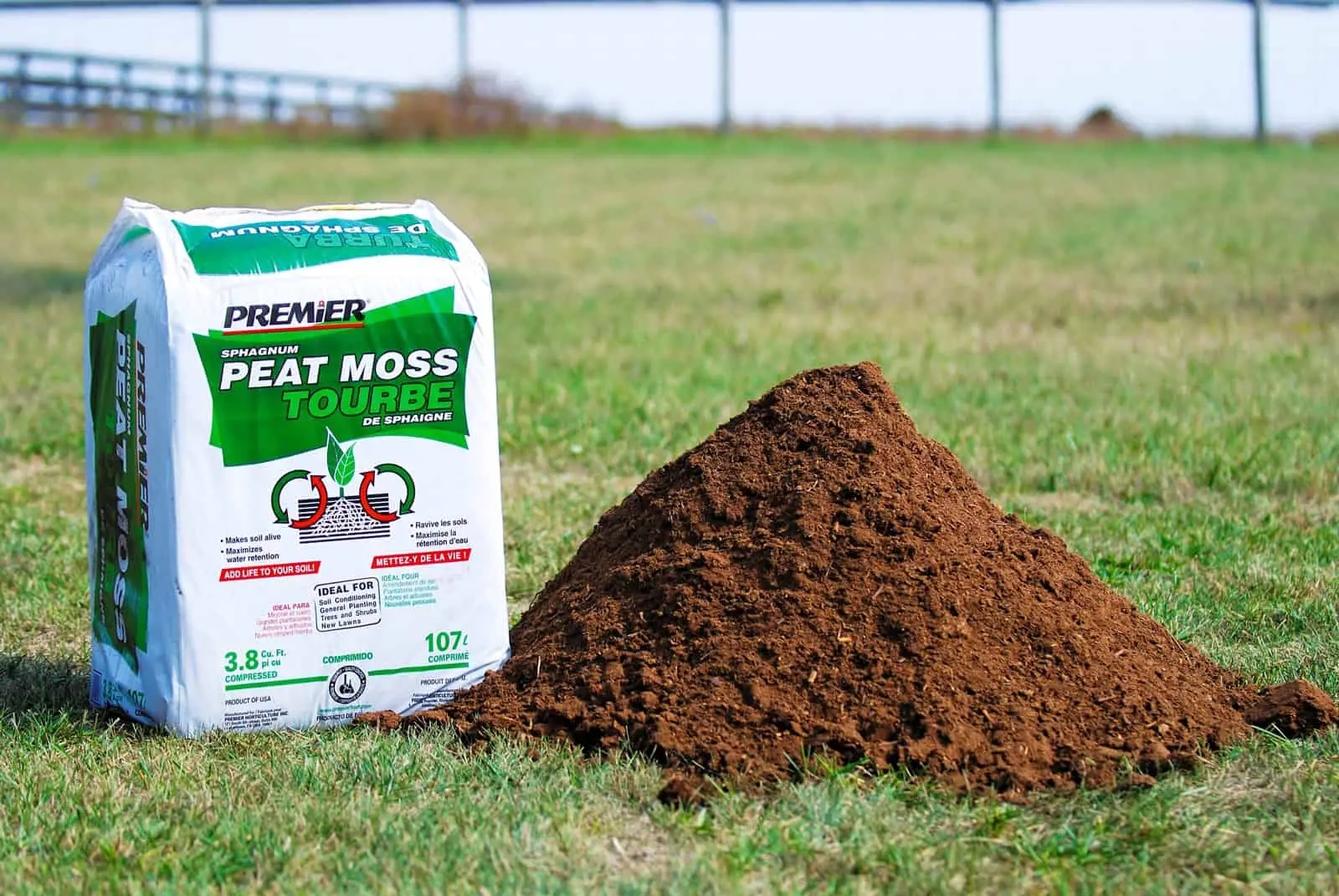
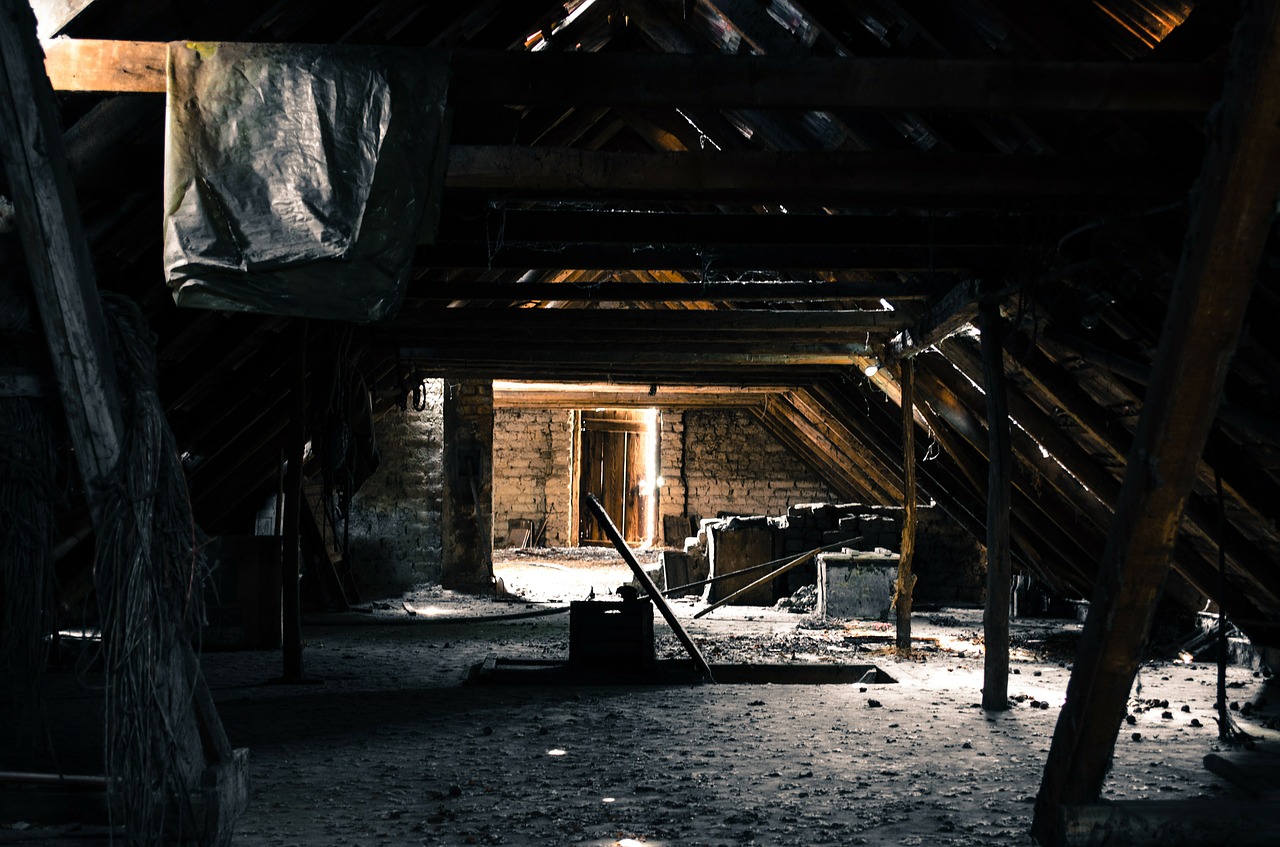

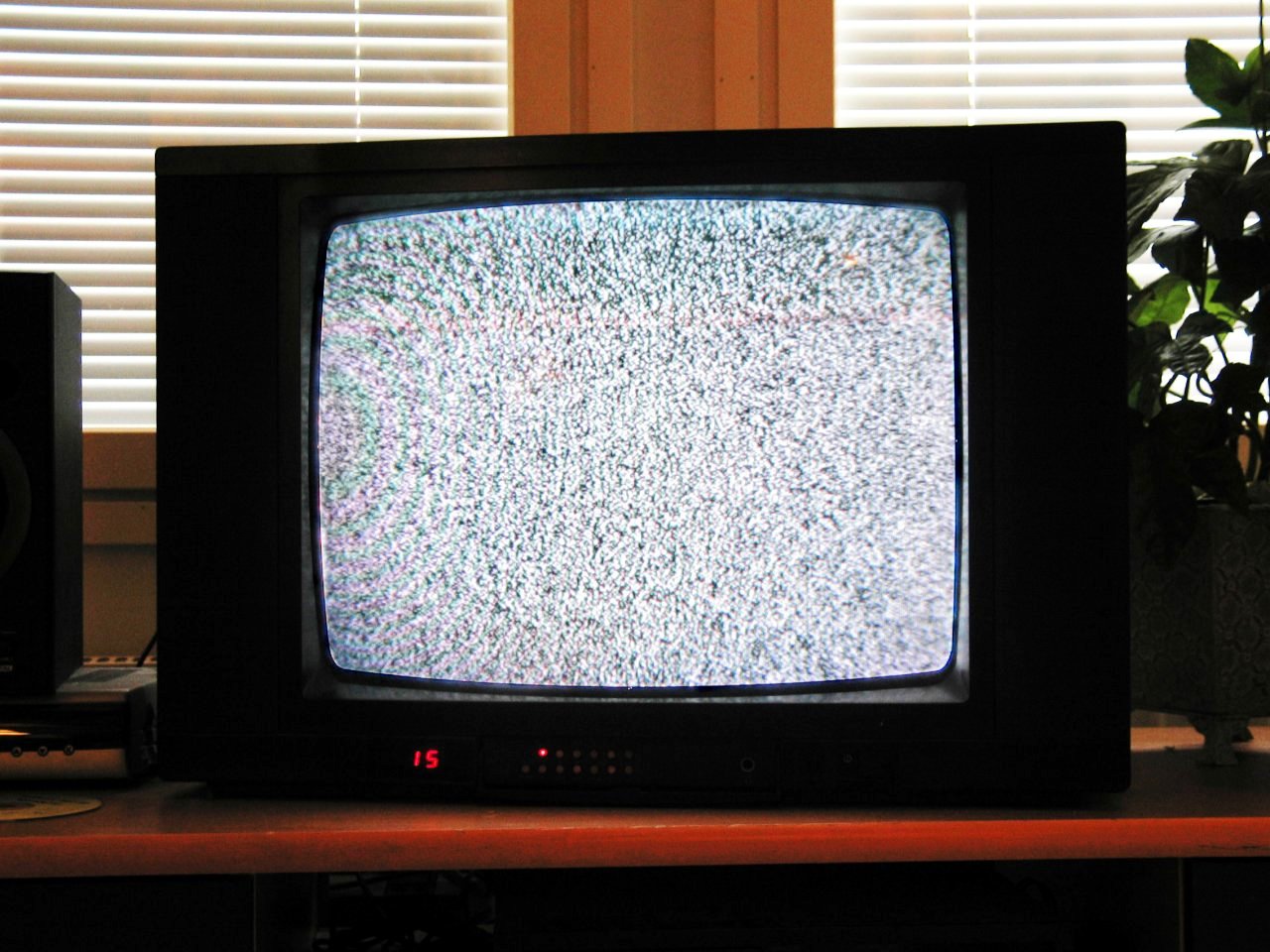
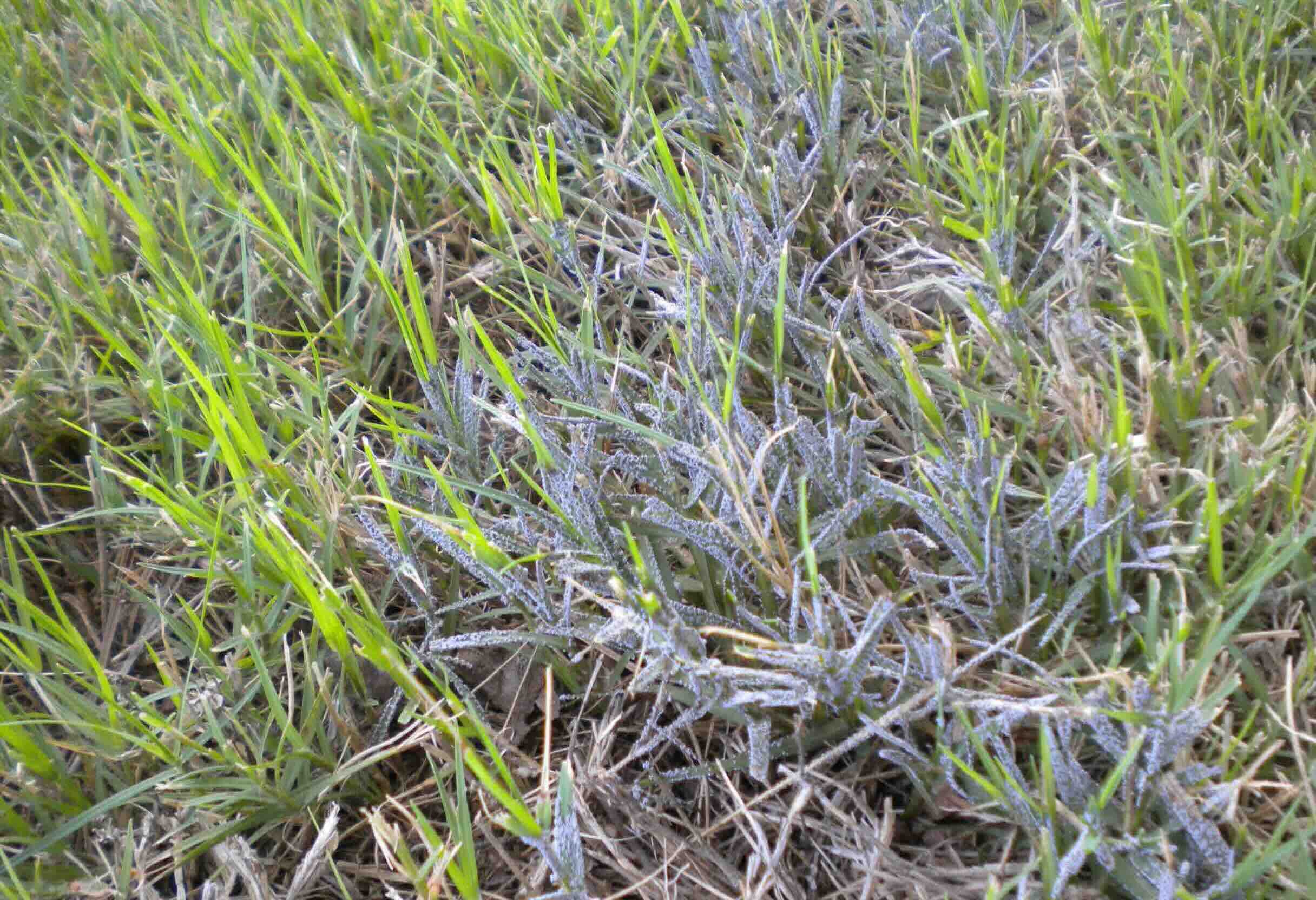
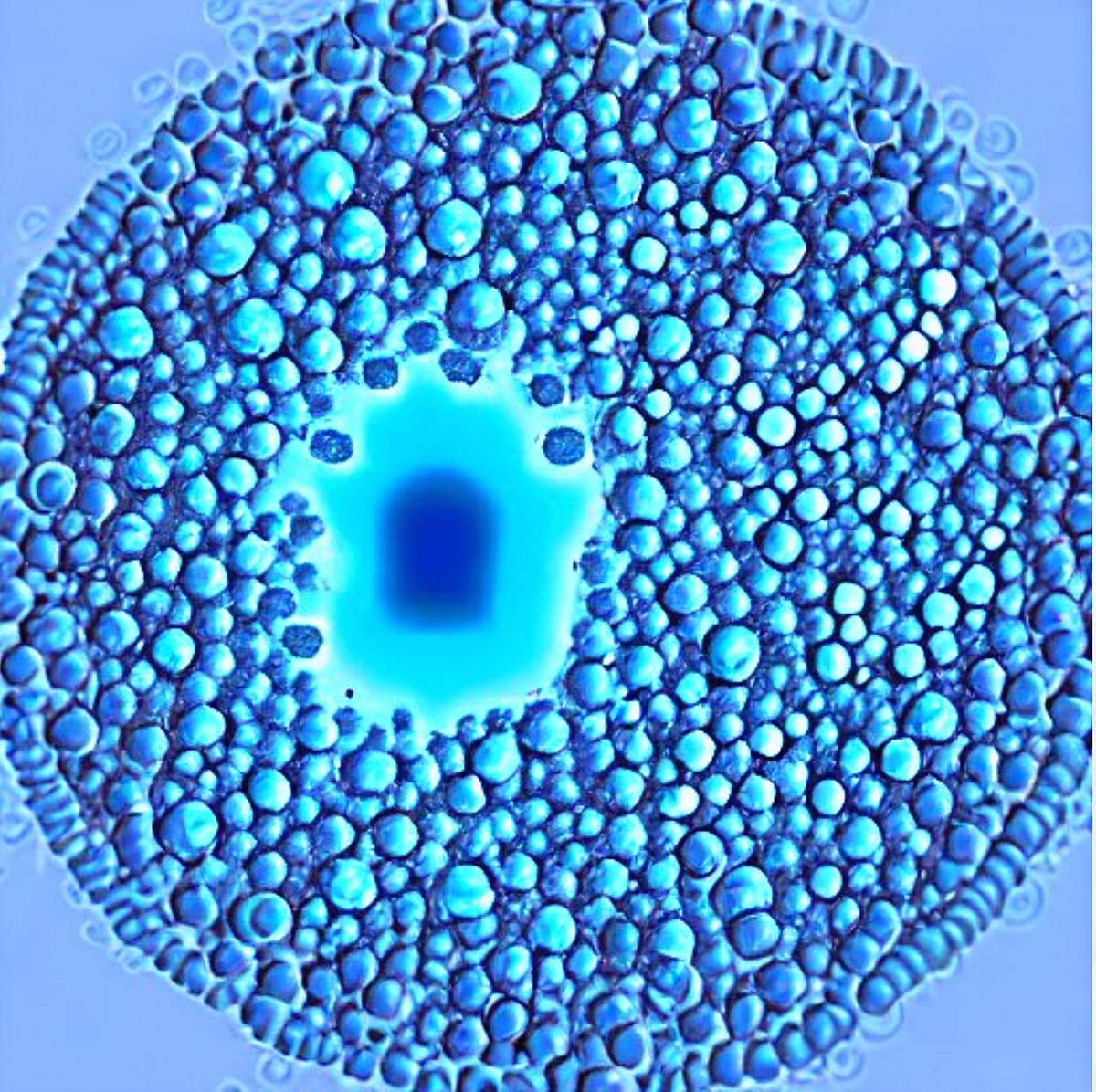

0 thoughts on “What Causes Moss On Lawns”